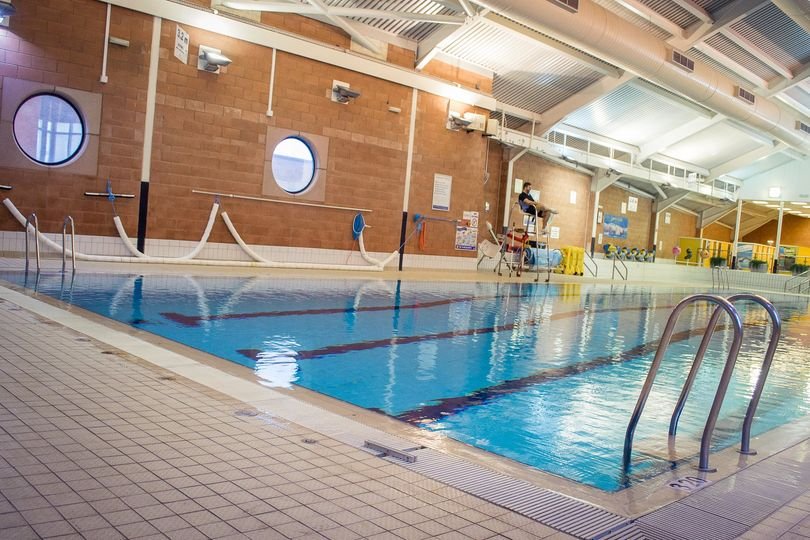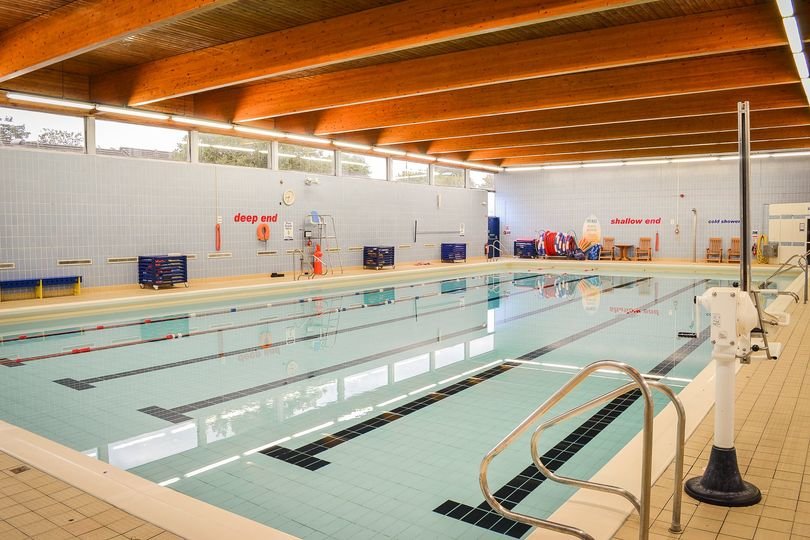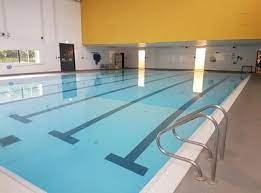THE CLOSURE of community sport and leisure facilities across Scotland is beginning to spiral, as predicted, with West Lothian now confirming three leisure centres will close permanently this year. Still, however, there appears to be little cohesion across Scotland in shifting to the kinds of sustainable models of community facility management being widely adopted across Europe.
In 2021, Glasgow named over 70 facilities they were seeking help from communities to manage, but at that time most councils insisted on keeping private lists of facilities earmarked for partial or full closure. The post-Covid challenges and energy costs have now forced more to admit the scale of the problem with some following Glasgow’s example in seeking community takeovers and others simply closing facilities to meet this year’s budget target, leaving communities devastated.
In recent weeks, Aberdeen’s sport and leisure trust confirmed the famous beach leisure centre (right) will not re-open, with demolition the next step, along with Bucksburn pool, and now Falkirk Council has listed 133 facilities for closure, if they cannot find alternative management models – a tough task when now in full-blown crisis with facilities having lacked investment for years. Four swimming pools based in secondary schools around Falkirk and Grangemouth will close, while community efforts are underway to try to save Grangemouth Athletics Stadium, Bo’ness Recreation Centre, Bonnybridge Community Centre and Polmonthill Snowsports Centre, among others. The Falkirk Football Stadium is also owned by the council.
West Lothian Leisure’s Chief Executive Ben Lamb told The Scotsman that “closing venues is not what we want to do”, but confirmed that three leisure centres – Xcite Armadale, Xcite Broxburn and Xcite Livingston – will indeed close along with the Howden Park Centre, which hosts arts clubs and events. The reason is simple – the £1.75m shortfall in funding received from West Lothian Council as a result of budget cutbacks, and increasing costs of running these facilities, with energy costs of heating pools soaring.
The crisis is not the result of the Covid pandemic but decisions by local government – not helped by the Scottish Government – to reduce funding of community sport and leisure facilities over the past 20 years, which has built up multi-million pound maintenance backlogs. To cover the true cost of a swim, with modern health and safety, staffing and energy costs, swimmers would have to pay anything from £6 to £15 each, per swim, depending on the age and size of the pool. Very few would or could pay that, so they can only work with subsidised investment. There is an argument that Scotland has too many pools to be sustainable, as a result of ambition in the 1970s and 1980s to improve the sporting infrastructure, but, arguably, without the strategic planning to ensure long-term viability. Scotland, nationally, has in the region of one pool per 25,000 people, but this varies significantly across the country with Glasgow’s figure being closer to one pool per 150,000 people, the Highlands being one pool per 13,000 and Clackmannan’s 51,000 population no longer having any open. The reality is a significant fall in priority given to, and understanding of, community sport’s contribution to health and wellbeing, leading to the annual fall in funding.
Falkirk Council leader Cecil Meiklejohn admitted to The Falkirk Herald that the crisis was looming a decade ago and their plans for the “property review” had begun in 2015, while, at the OSS Sport Summit in 2019, Scotland’s largest provider of public facilities, Glasgow Life, told the audience that sport and leisure in Scotland was “broken and unsustainable”.
GOING, GOING, GOING…
Top – Armadale, Livingston and Broxburn; Bottom – Pools at Larbert High School and Graeme High near Falkirk, and Bucksburn in Aberdeen.
UK Government invests in sustainability
As reported by the OSS then, the picture was extremely worrying across Scotland with all 32 local authorities struggling to maintain sport and leisure provision. Now, it is estimated that somewhere in the region of 1,000 community facilities could close between 2023 and 2025, including a large percentage of Scotland’s of Scotland’s 210 public pools.
The crisis is gripping the whole of the UK with around 800 of England’s 2,000 public pools forecast for closure by 2030, as many as 150 of Wales’ 500 public pools similarly in trouble and Ireland forecasting closures even though they have only 100 public pools (but three times that in the private sector).
The key to changing the trend lies in new sustainable forms of management. Many Scottish pool operators have been proposing sustainable routes to reducing costs for years, starting with replacing boilers some 10 or 20 years past their expected lifespan, with new environmentally efficient systems. The UK Government responded last month by announcing £63 million of investment to support leisure centres and swimming pools across England – £40 million to help pools become more energy efficient for long-term sustainability and over £20 million to help with immediate energy costs. The Scottish Government has not followed suit, leaving Scottish councils to make their own decisions on how to meet major budget deficits – without a strong statutory requirement to fund sport and leisure.
The loss of swimming pools could prove to be particularly damaging in Scotland, however, with around 40% of children now leaving primary school unable to swim, according to the National Water Safety Forum, and a direct correlation between a child’s social and economic background and their opportunity to learn. Most public swimming pools are in or close to areas of deprivation as private providers tend to target people from more affluent areas, which means the poverty gap in activity will widen with more closures this year. Scotland also had the highest rate of accidental drownings in the UK in 2021, with 57 being three times the rate in England.
The OSS has led discussions with Scottish Government ministers, advisers and civil servants, local authorities and wider partners across health , education and business, calling for change and proposing research to examine more sustainable models of community facility management, and provide guidance for community asset transfers drawing on evidence of good practice across Europe. However, national and local government investment in this kind of research has virtually disappeared in Scotland in the past 20 years, which suggests little enthusiasm to identify the reasons behind the crisis and sustainable solutions to it. We will continue to promote this route forward in calling for leaders to work together to understand how community facilities can be maintained sustainably without resorting to closure, because there are good, evidenced alternatives that actually widen participation.












Thought Piece from Charlie Raeburn for Reform Scotland